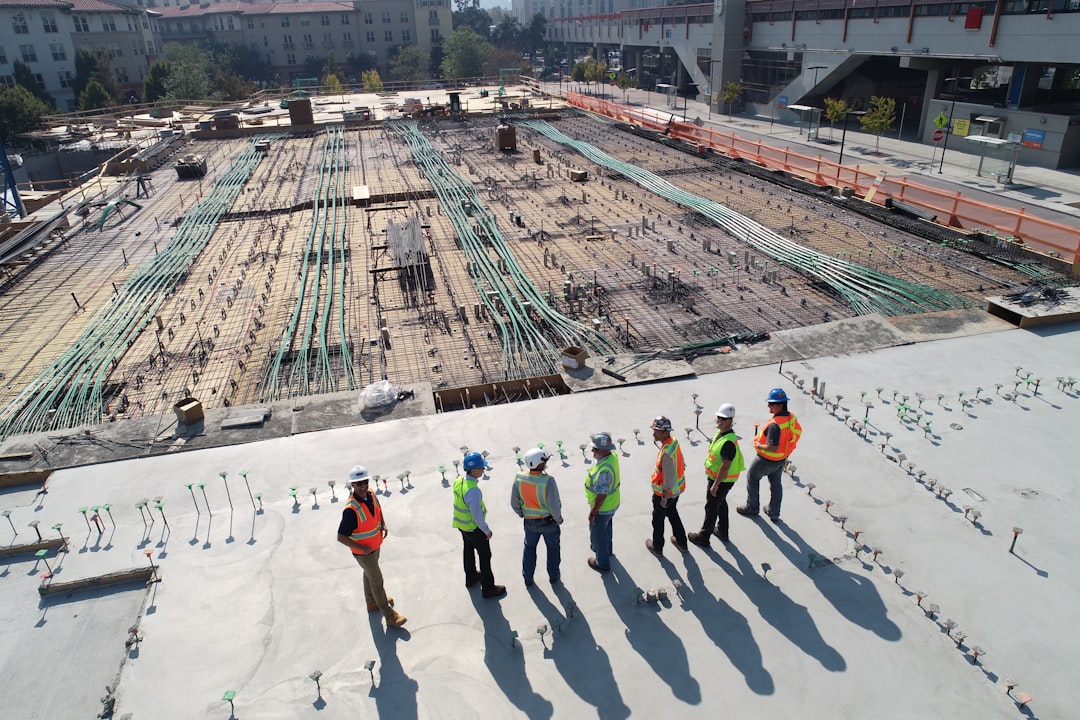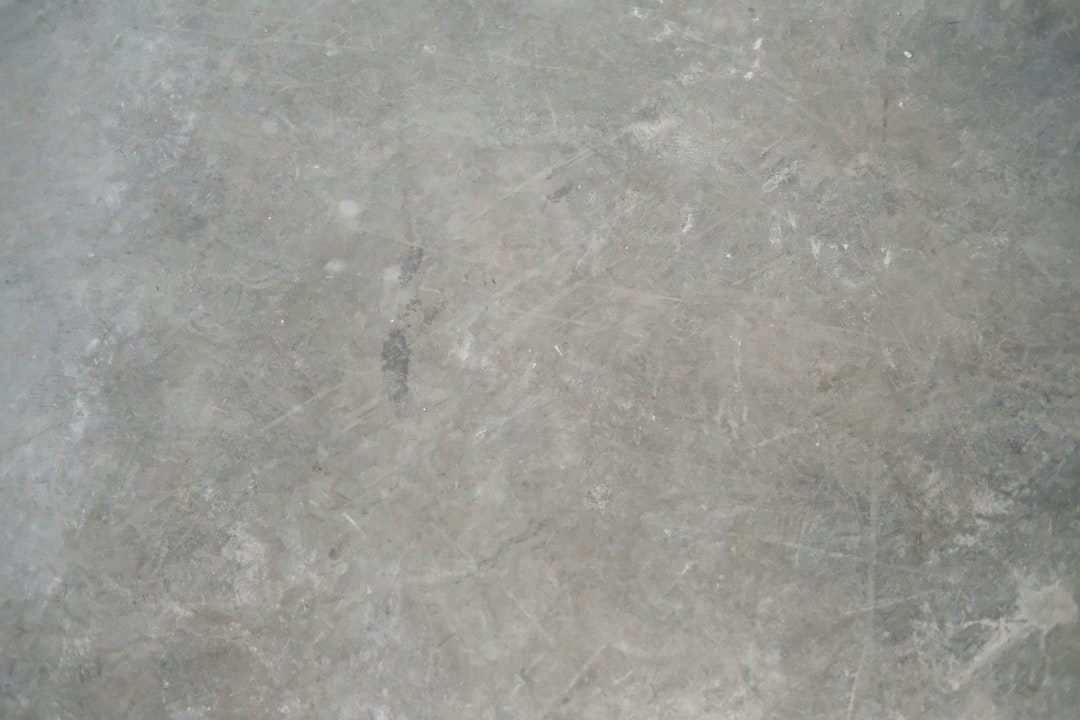When considering options for cooling your home, a split system air conditioning unit can be a highly effective and efficient solution. Unlike traditional air conditioning systems, split systems offer flexibility and ease of installation, making them increasingly popular in both residential and commercial settings. This article will guide you through the essential aspects of installing a split system air conditioning unit, ensuring you are well-prepared to make an informed decision.
Split system air conditioners consist of two main components: an indoor unit that distributes cool air into the room and an outdoor unit that releases the absorbed heat. The installation process involves positioning these units in appropriate locations to maximise efficiency and comfort. The indoor unit is typically mounted high on a wall to allow the cool air to circulate effectively throughout the room. The outdoor unit, on the other hand, should be placed in a well-ventilated area to facilitate efficient heat dissipation.
One of the primary advantages of a split system is its relatively straightforward installation process. It generally requires less invasive work compared to ducted systems, which often necessitate significant modifications to a building’s interior. However, it is still crucial to employ a qualified professional to carry out the installation. They possess the necessary expertise to ensure that the units are correctly positioned, connected, and sealed to prevent any potential issues that could compromise the system’s performance.
During the installation, the technician will also need to consider the electrical requirements of the system. Most split system air conditioners require a dedicated electrical circuit to operate safely and efficiently. Ensuring this is in place before installation can prevent potential electrical issues and ensure the longevity of your system.
Another important aspect to consider is the refrigerant line, which connects the indoor and outdoor units. The line must be carefully installed to avoid any leaks, which can not only reduce the system’s efficiency but also pose environmental and health risks. A professional installer will ensure that the refrigerant line is correctly insulated and sealed to prevent such problems.
Additionally, proper installation involves ensuring adequate drainage for the condensate produced by the indoor unit. This is typically achieved by connecting a drain pipe to the unit, which leads outside or to an appropriate drain. Proper drainage prevents water damage and the growth of mould, maintaining a healthy indoor environment.
For those considering a more detailed guide on the installation process, you can find comprehensive resources on this website, which offers expert advice and service options to suit various needs.
In summary, while installing a split system air conditioner may appear straightforward, it involves several critical steps that require professional expertise. From positioning the units to ensuring proper electrical connections and drainage, each aspect is essential for the optimal functioning of the system. By choosing a professional installation service, you can ensure your air conditioning system operates efficiently and effectively, providing comfort throughout the hottest months.
To explore a range of air conditioning solutions, including split system air conditioning installation, consider visiting reputable service providers who can offer tailored advice and solutions to meet your specific needs.









